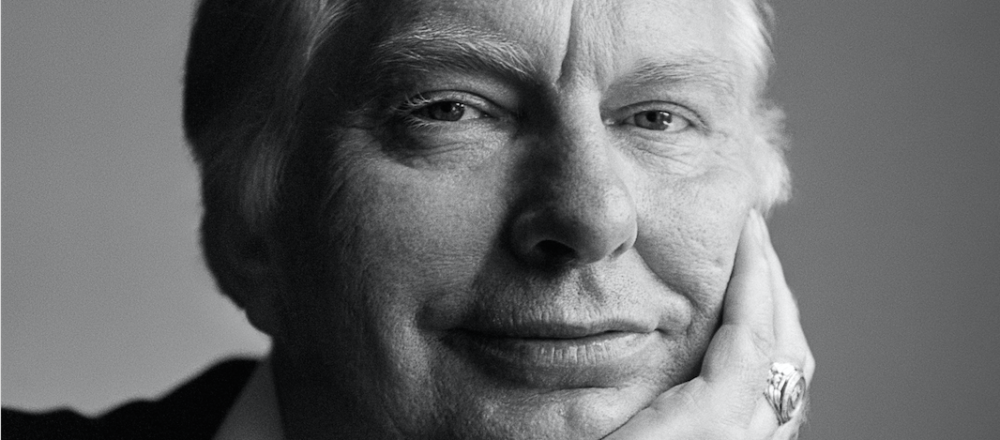Today I’ve arranged an appointment with Anna from the Church of Scientology of Melbourne, who “deals with all the media.” I am not particularly looking forward to it. Our phone conversations have been by turns, terse, silent, formal and awkward. I look up at the vines softening the intimidating vastness of the church building and the bronze and gold flags proclaiming: “Dianetics” and “Scientology.” I remember how in the morning, as I left the house, I made the childish joke: “I just want you all to know how much I love you.”
***
The first time Anna and I speak over the phone I explain that I am hoping to interview her on behalf of Right Now, “a human rights publication.”
“So do you know what Scientology has to do with human rights?” She asks.
I feel the way a schoolgirl feels when asked to spell an enormous word.
“Um, no, not really.”
“Did you know that the Church of Scientology actually sponsors the human rights organisation, United for Human Rights?”
“No, I didn’t know that.”
There is silence on the line. Finally, Anna laughs. It is not the friendly kind of laughter meant to put you at ease. It is almost definitely a sneer.
“You didn’t know that?” She asks.
“No, no, I didn’t.”
She laughs again.
***
The reception area of the Church of Scientology of Melbourne is clean, well-lit and welcoming. Birch-wood panel finishing covers the shelves, tables and floors. Books with the apocalyptic aesthetic of science-fiction hardbacks are arranged all over the room. The bold, angular, masculine name L. Ron Hubbard repeats itself on each of the books, all around the room. They have titles like “Dianetics: the Modern Science of Mental Health” and “Scientology: A History of Man.” They are translated into several different languages. There are the “Better Homes and Gardens” style furnishings, the neat black three-piece suit uniforms with brown silk trim that the church workers are all wearing and the sound and smell of a coffee machine as well as the sense of impending doom which Hubbard’s books give you.
While I wait for Anna, I wander around. There are several flat screens installed with pads beneath them to control sound and scene selection. The films are nothing fancy. Filmed with 90’s era glow-effects and shinily made-up actors, they seem deliberately badly made to emphasise the message over the medium. The TV I turn on and start watching is on a station about secular morals. Next to it is a list of 20 commandments, some of them adapted from the Ten Commandments such as, “Do not murder”, while others are logical extensions: “Don’t do anything illegal.” On the screen, I see a short film illustrating the commandment “Honour Your Mother and Father.” It’s of a Eurasian boy being left alone in the house by his Asian parents. His dad tells him to “Be good. Don’t party.” After they leave, he scrubs the house from top to bottom. His parents return home and embrace him with tears in their eyes. The message: “Honour Your Mother and Father” flashes on the screen.
Anna enters the room. She is older than I imagined. Her hair is sparse and her frame, heavy on her walking stick. We smile and shake hands politely. I realise immediately that there will be nothing combative or coercive about our conversation today. She is doing PR for her church. Anna and her friend, Janet, give me a guided tour through the different TV screens in the reception area. The first film is in an entirely different league to the others. It is a hagiographic history of Hubbard, the founder of Scientology and written in the grand, sweeping, prose of a Wes Anderson narration. It smells strongly of the kind of story Anderson both romanticises and parodies. It begins with Hubbard as a boy scout who distinguishes himself as the youngest American to achieve Eagle Scout Status with a close up of his many embroidered badges of honour. It goes on to show Hubbard the explorer, psychologist, hugely successful pulp fiction writer and finally, founder of Scientology. The last lines of the video are: “He is the man who saw life from the top down and the bottom up/The Man who melded Religion and Science, East and West … He is L. Ron Hubbard.”
The first half of the tour consists of showing videos of the applied psychotherapeutic techniques which Scientologists use to improve their study, work and interpersonal relationships. My hosts, Anna and Janet, are infallibly polite and considerate, always asking if I have any questions and struggling a little with the remote control system. The second half of the tour is of the humanitarian aspects of scientology. Janet explains that Scientology is not merely about looking inward but looking outward. We try to watch the human rights video but it doesn’t work. Instead I watch a video on the problem of drug-abuse which strongly resembles the kind of drug-prevention films I watched in high school. I leave with a handful of pamphlets on the dangers of Cocaine, Ecstasy, Crack and Ritalin abuse. They have captions like “Flirting with the forbidden brings the kiss of death”, featuring nicknames for the drugs like “Blow, Snow, Flake, Charlie” and “Sniff”. It all feels as harmless and corny as a community centre funded by a local council with a touch of psychotherapy. The only pamphlet that strikes me as odd is the one which positions legal painkillers as a gateway to drug addiction.
I thank Anna and Janet and leave, promising to send a copy of the article their way. What strikes me is the normality, even banality, of the Church of Scientology. Perhaps, it was because I took the PR tour but I heard nothing of space ships and cult leaders. As I walk out of the building, rather than wanting to run, I yawn into my cupped palms and wonder what to write, embarrassed at my own silly fears.


